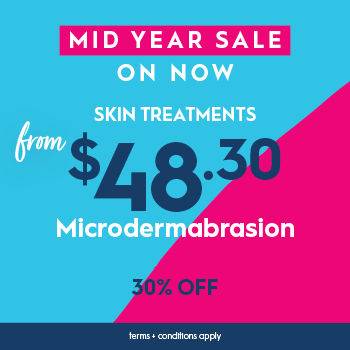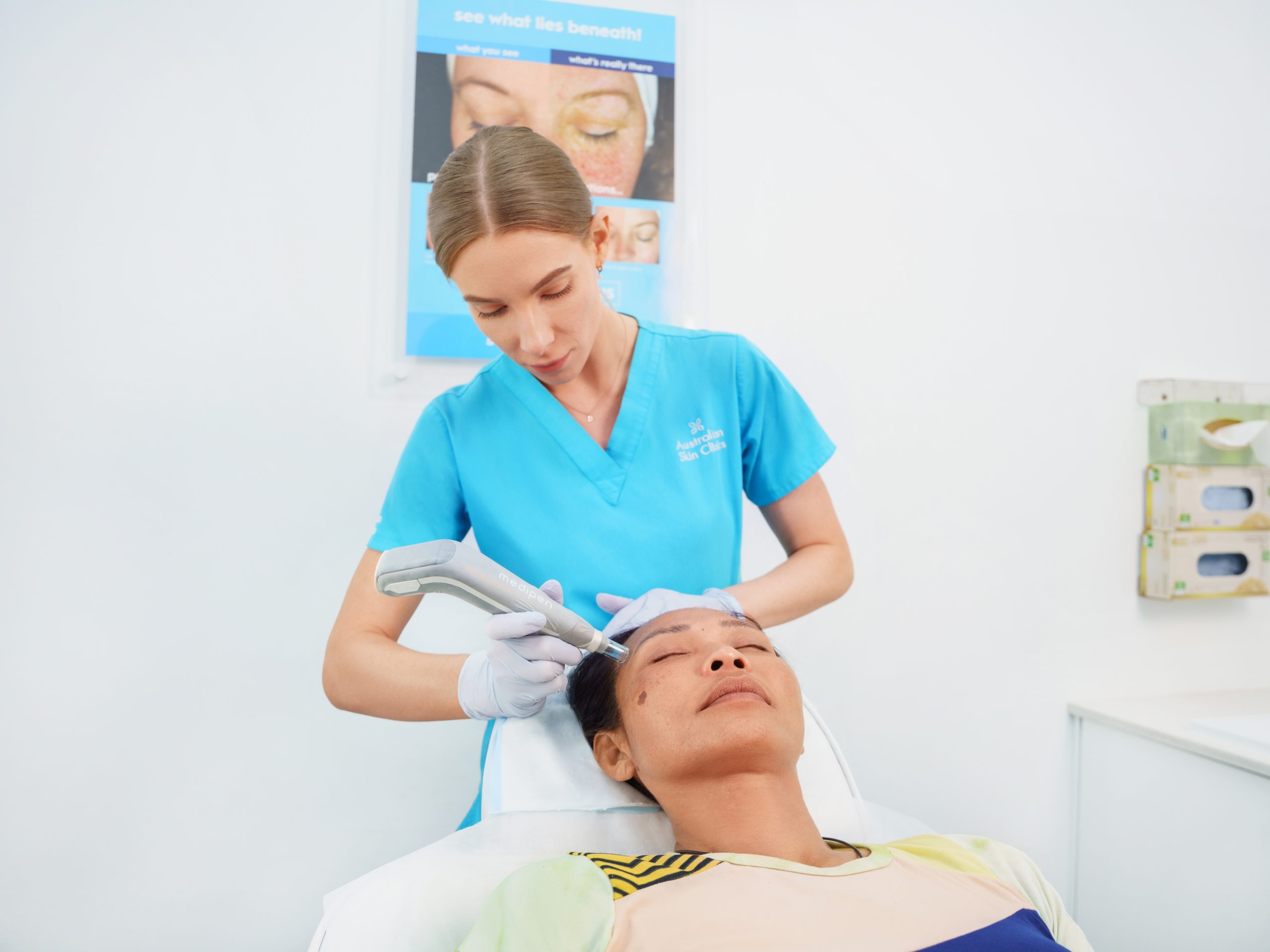There are two different types of marks left behind by acne including true scarring and post-inflammatory hyperpigmentation. These marks will vary depending on a number of factors such as skin tone and pimple severity. The good news is that with the proper skin care plan, both can be treated effectively.
Acne Post-inflammatory Hyperpigmentation
Post-inflammatory hyperpigmentation occurs early after acne and develops when a wound or irritation (like a scrape, rash, or pimple) causes your skin to become inflamed. As the skin heals, it produces too much melanin, which darkens and discolours the skin. This discoloration remains even after the wound has completely healed.
These marks often improve in appearance on their own, usually over three to six months. If you’re like us and you can’t wait that long, this process can be sped up through the correct skin treatments and professional products.
When treating post-inflammatory hyperpigmentation, look out for ingredients like vitamin C, retinoids and acids such as alpha hydroxy acids and Glycolic acid. These will help lighten dark marks, brighten dull skin and exfoliate dead skin cells to reveal a brighter, fresher complexion. We recommend Balense Brightening Serum containing liquorice root and exfoliating enzymes to brighten the skin and increase cell renewal.
It’s also important to wear sunscreen to not only protect your skin from sun damage, but also to ensure that these marks don’t become darker or more prominent. Microdermabrasion, medi-aesthetic peels and LED light therapy are all extremely effective treatments to assist in fading dark marks and treating mild scarring, as well as helping to prevent acne in the first place!
Acne Scarring
Acne scarring is more severe and treatment can include laser resurfacing, fractional radio frequency and skin needling. There are many different types of acne scars and a number of factors causes them. The most common acne scars are box car scars (shallow to medium depressed scars with well-defined edges commonly located on the cheeks and temples), ice pick scars (deep and narrow scars extending into the skin’s lower layers), rolling atrophic scars (depressions on the skin), and mixed scars (combination of the above) and treatments vary depending on their depth and severity.
One very effective treatment for severe acne scarring is Fraxel Laser, which is a non-wounding laser that stimulates collagen growth and tightens underlying skin. This treatment is less invasive than other kinds of laser treatments and requires less recovery time. Most effective on indented scars, Fraxel Laser helps gently resurface and smooth the skin’s texture.
Treatment for acne scarring is possible and should be tailored to suit the individual. Call your local Australian Skin Clinics location or visit our online store to book your free consultation today.











